lend me ur eyes 086
I went to an archive for the first time last week. It was the Harry Ransom Center, which is part of the University of Texas at Austin. The archive is housed inside a formidable building: a huge, largely windowless concrete structure that sits—somewhat imposingly—in the middle of the university’s campus, strikingly blocky and grey against the infinite blue Southern skies. It is host to papers belonging to some of the world’s most renowned writers, including Arthur Miller, David Foster Wallace, and Gabriel Garcia Marquez, but also has a significant collection of materials relating to filmmaking. On site for all to see, they also have the Niépce Heliograph, the oldest surviving photograph in the world, and the Gutenberg Bible, the earliest major book printed in Europe using mass-produced movable metal type. Named after a former faculty member who founded the research center, the Harry Ransom Center is a place for very old and very precious things.
As such, a certain seriousness is expected when looking to view materials they keep there. You have to register as a researcher, and request materials via the online portal that catalogs their collections. Materials are meticulously filtered and sorted, held inside thematically or chronologically organised containers made of the best and sturdiest cardboard. Items can be requested one paper at a time, but when a librarian goes to locate it from wherever it lives, they bring up the whole box anyway. So while a researcher may be calculatedly looking for one letter that is described in the online listings, they’ll likely receive a whole folder of letters from the same year, packed away tidily in neatly divided files next to those for other years. You seek one letter, but you get a lifetime of miscellaneous correspondence instead. Each cardboard container, once received, is to be handled with proper care. Hands are to be washed before touching papers. Gloves are to be worn when handling photographs. Books are to be laid out on cushions that protect the bend of their fragile spines. Pages are to be turned delicately, fragile materials handled very carefully, and the exact sequence that files are ordered in is to be respected and maintained using a red divider card. Any personal items taken into the reading room need inspection before being brought in. When leaving, the librarian checks each page of your notebook one by one to make sure you didn’t slip a stray paper between any of the leaves.
It’s intimidating to encounter such rigid rules at first, but satisfying to follow them once you’ve learnt the ways of this weird and highly localised internal system, time-tested and properly thought out. It is nice also to see things taken seriously. I’ve always liked this about Cafe OTO, that reverence for the performance and respect for the unspoken code of conduct within the space. The main thing I experienced at the archive though—which I didn’t expect—was a kind of intensity of feeling, an emotional reaction that comes from encountering and handling physical relics of the past. Amongst other things, I was looking at papers belonging to a filmmaker who died in the 1970s. A few days before flying to Austin, I watched the last film this filmmaker directed, which was finished posthumously. And on the plane, I watched the last film that he appeared in before he died. The very next day, I was rifling through various papers belonging to him—letters to doctors, lawyers, and friends, shopping lists, budget scraps, handwritten poems, scribbled drawings, plans for films, notes for lectures—all of which were created around the same time as the events depicted in these two late life films. At one point, I came across a handwritten obituary he had written for himself, seemingly half-jokingly but with some wounded sincerity too perhaps. In another moment, some drawings he made with his daughter. Seeing the minutiae of a life like this, all gathered and boxed up, is obviously moving. But the effect was more intense than I had anticipated, maybe because of that cocktail of jet lag, homesickness, and the consciousness altering effects of altitude. There was something about seeing all the marks of time on these artefacts, in the torn edges of frayed documents and the discolouration of papers, that was very affecting, but also the tactility of actually touching these things was such a unique and humbling sensation, this handling of palpably real history is a experience that can’t easily be described. On one hand you have the feeling that these are private matters that you shouldn’t be privy to, and on the other you are thrilled e to be looking at them anyway, and immensely grateful for the privilege of doing so. Who am I to be here handling this? How did even this happen, exactly? And what might it all mean?
Much of the materials that survive relating to this man are things from his final years. The inference is that prior to that he was too busy living his life to think about preserving any aspect of it, and it was only the encroaching awareness of his own impending mortality that instigated the archival instinct. As such, it makes for a slightly morose collection to browse, if a completely fascinating and quite beautiful one. I would encourage everyone to save and box as many mementos from their own life as they feasibly can. It’s amazing to have actual physical things to enrich a life through, especially now that life is lived mostly digitally. And after your death, it will be my pleasure to spend time perusing the meticulously organised archive of your life.
PERSONAL
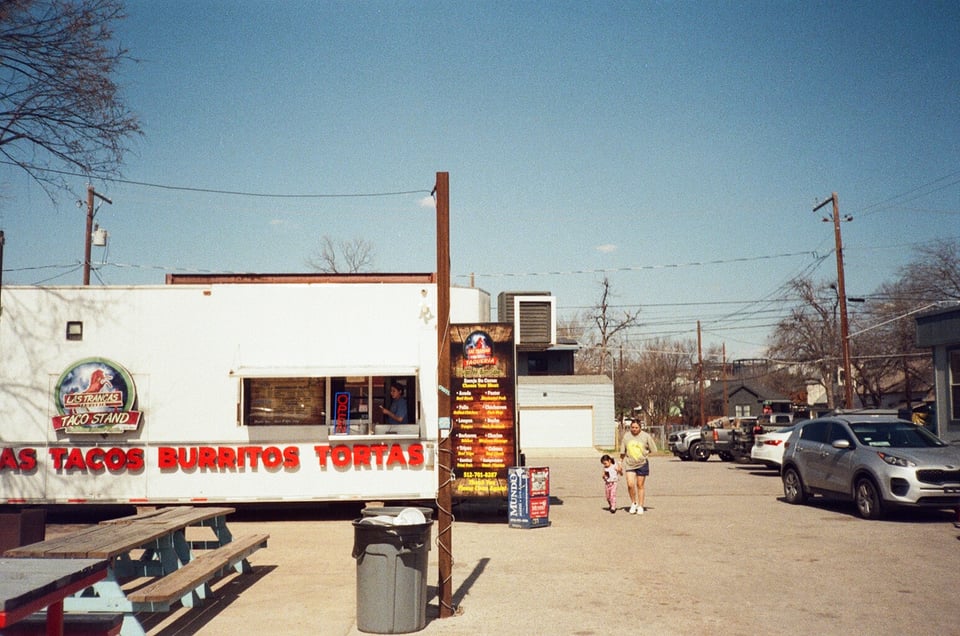
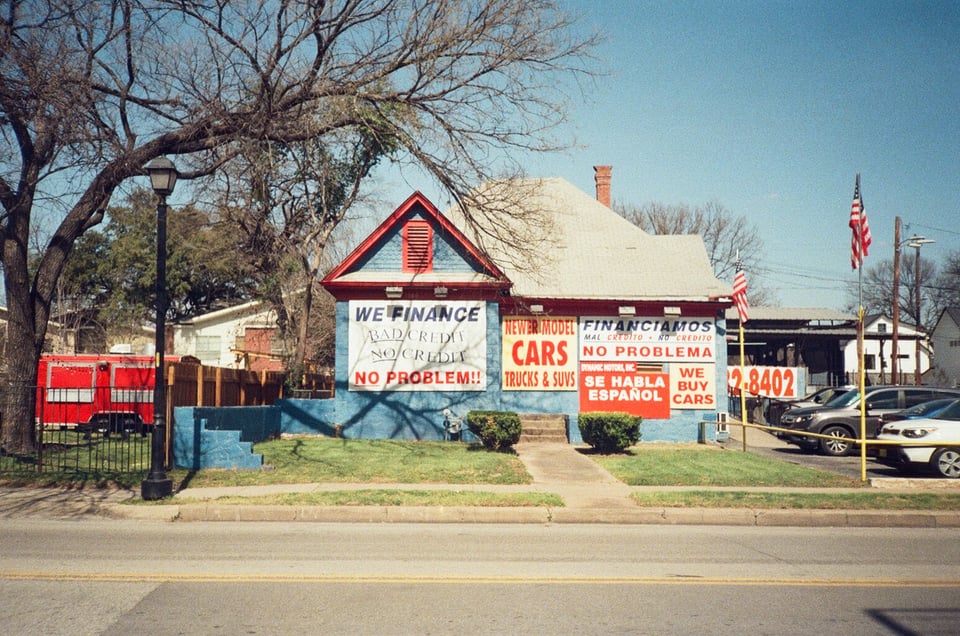
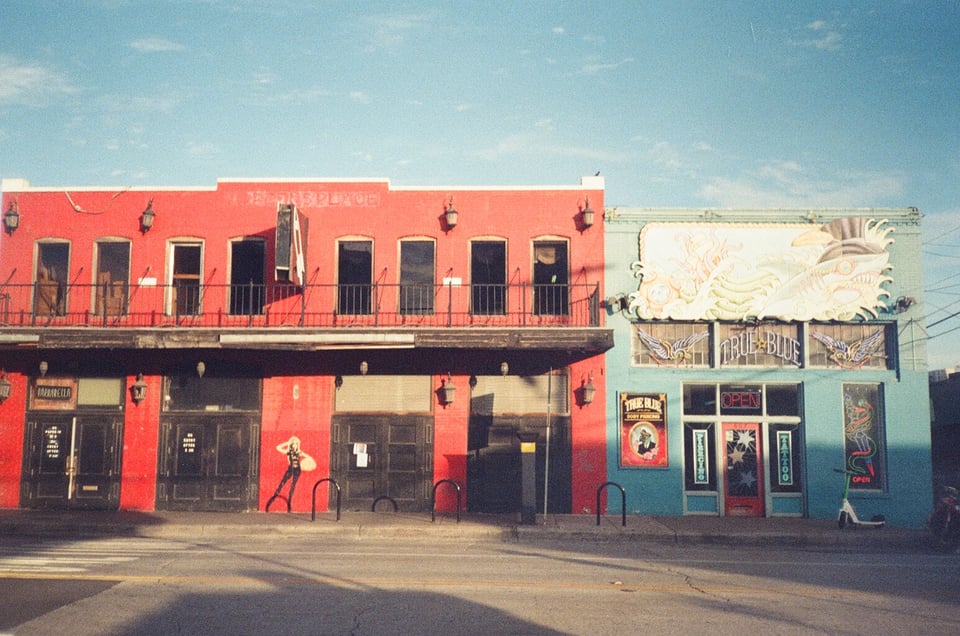
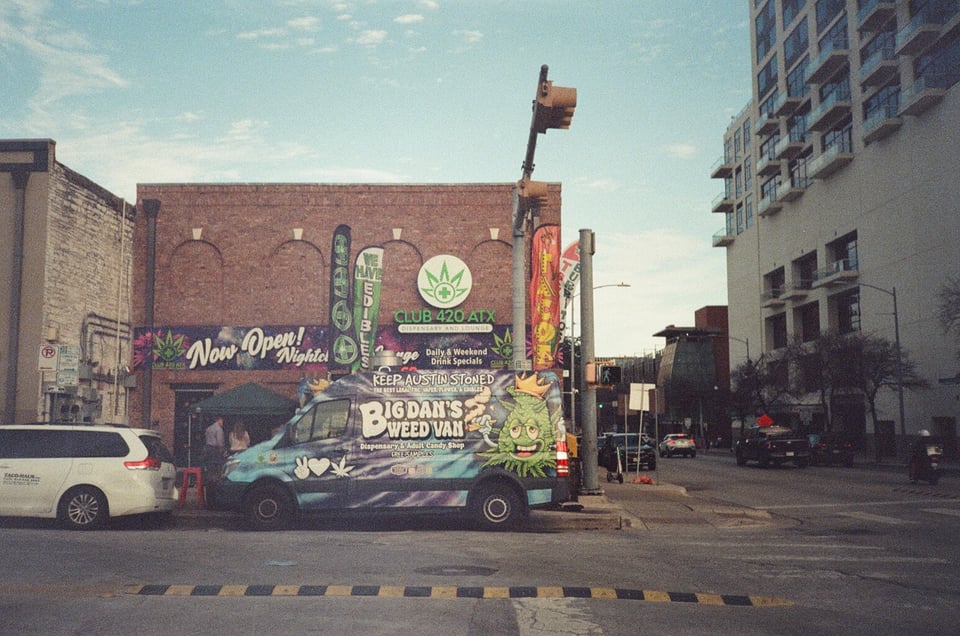
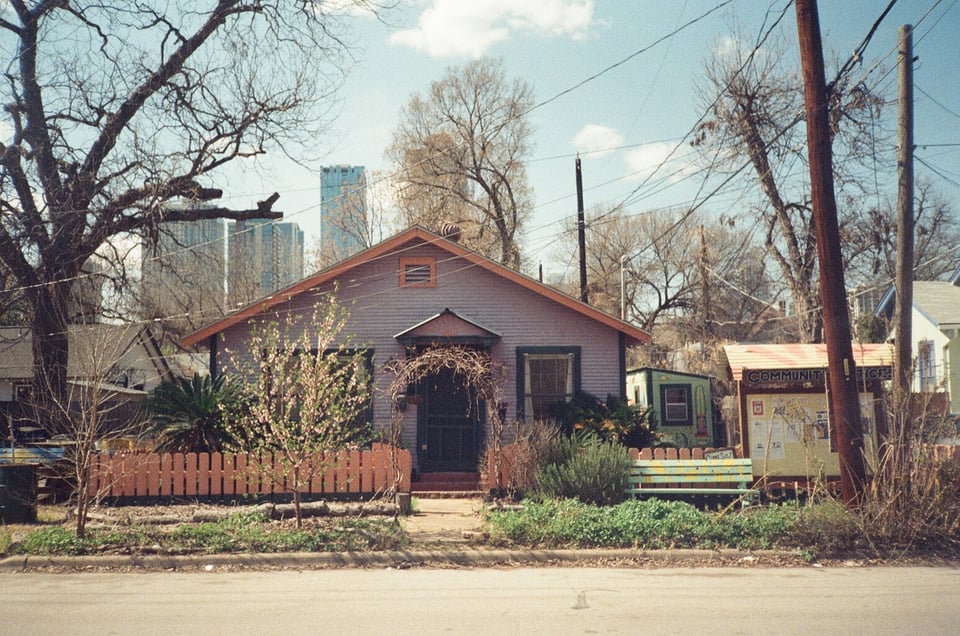
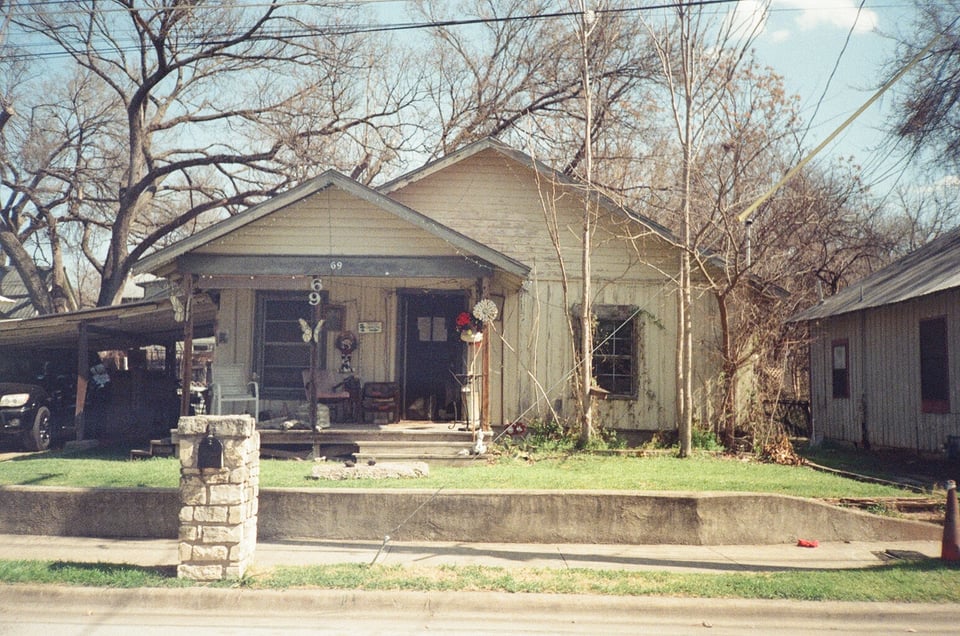
Six photos from Austin, Texas, site of the aforementioned archive and also a place with an array of distinctive looking, often single-storey bungalow-type buildings. Plus taco stands and Big Dan’s Weed Van.